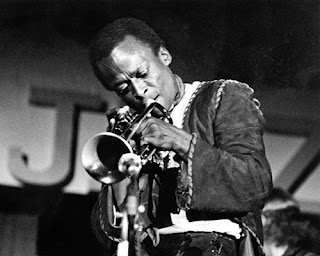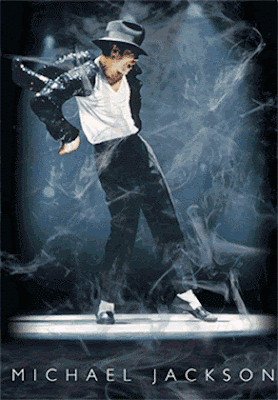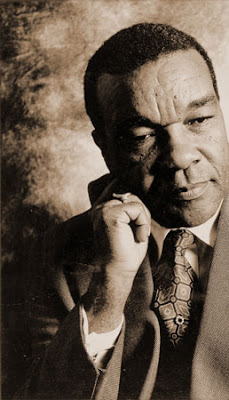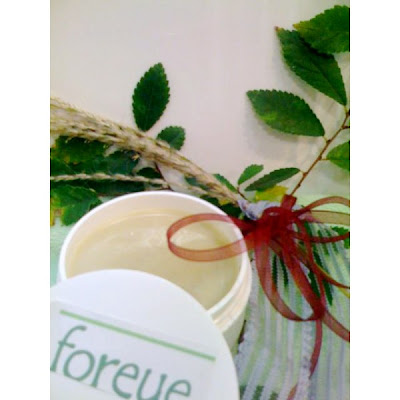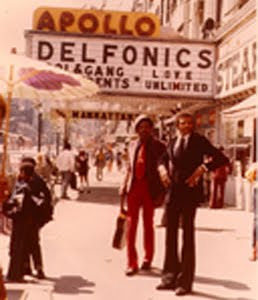Entertainment Attorney and Entrepreneur to Receive Prestigious Business Award on Saturday, June 26 and Hosts JONES MAGAZINE SUMMER SOIREE to follow
NEW YORK, June 24 /PRNewswire/ — L. Londell McMillan, partner and co-head of the Media and Entertainment Global Industry Sector at the international law firm of Dewey and LeBoeuf LLP, will be honored at the Reginald F. Lewis Foundation Gala Luncheon on Saturday, June 26 at the Lewis Estate in East Hampton, New York. Wall Street veterans, Peter Offermann, Phyllis Schless and Robert C. Winters, Jr. will also be acknowledged, with each receiving a Millennium Member award recognizing the key roles they played in the life and career of Mr. Lewis. The event, which is sponsored by American Express, Bloomberg, Black Entertainment Television, Belvedere, Kate’s Paperie, The Camelot Group, GenNx360 Capital Partners, and The NorthStar Group will feature performances by singer, songwriter and Broadway performer Deborah Cox and the Alvin Ailey American Dance Theater. WCBS-TV News Anchor Maurice DuBois will serve as emcee.
“The Reginald F. Lewis Foundation is pleased to recognize the hard work of L. Londell McMillan and the wonderful contributions of Peter, Phyllis and Robert to the story and legacy of my husband,” said Loida Lewis, widow of the legendary mogul and foundation chair. “Perseverance and dedication, especially in entrepreneurship, normally pay off in individual success and community development, and help society in general. We are happy for their success and are grateful for their help of the Foundation.”
The prominent attorney, Mr. McMillan, will receive the Reginald F. Lewis Award, which honors African American entrepreneurs who succeeded internationally in business before the age of 50, as Lewis did. The first African American to build a billion-dollar company, Lewis led the largest leveraged buyout in the 1980s. He went on to shatter all expectations and inspire future generations of African American entrepreneurs.
Mr. McMillan, who has represented such luminaries as the late Michael Jackson, Prince, Stevie Wonder, Usher, LL Cool J, Roberta Flack and Spike Lee, joins the likes of Sean “Diddy” Combs and real estate mogul R. Donahue Peebles, past recipients. He is also one of the co-owners and partners with real-estate developer Bruce Ratner and hip-hop icon Jay-Z in the New Jersey Nets and the Atlantic Yards development in Brooklyn, future home to the NBA team. Additionally, Mr. McMillan is owner and Group Publisher of The NorthStar Group, which publishes Jones Magazine (www.jonesmag.com) and The Source (www.thesource.com) .
Following the Gala Luncheon later that evening, Mr. McMillan and Jones Magazine will host its first annual Summer Soiree to celebrate the successful launching of Jones Magazine, the premier fashion, beauty, travel and lifestyle shopping guide for women of color.
“I am humbled to be recognized in the name of the great Reginald F. Lewis to support the Foundation in his honor. Indeed, like others inspired by his legacy, I walk in footsteps he created to make the road clearer for many of us to follow” said Mr. McMillan. “We also look forward to celebrating the historic launch of Jones Magazine later than evening.”
Additional sponsors of the Gala are J.P. Morgan, Ariel Investments LLC, The NorthStar Group, Dewey & LeBoeuf LLP and Prudential Financial. The Jones Magazine Summer Soiree is sponsored by The NorthStar Group and Foxwoods Resort Casino.
SOURCE The NorthStar Group



